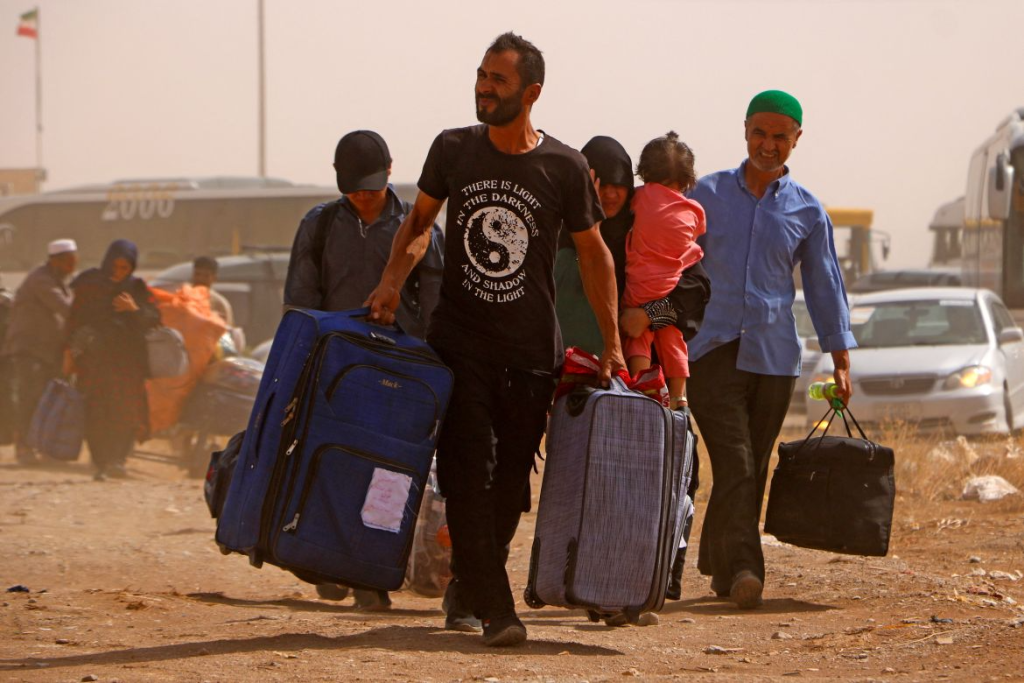Reverse Migration of People of Afghanistan from Iran: Analysis and Reflections
DIDPress: The migration of people of Afghanistan to Iran over the past few decades has occurred in successive waves, shaped by political and military developments in Afghanistan. The first wave began in the 1970s following the 1978 coup and the 1979 Soviet invasion, driving many residents of Afghanistan to seek refuge in eastern Iran due to war and instability. The second wave intensified in the 1990s with the Taliban’s rise and internal conflicts, prompting hundreds of thousands to migrate to Iran in search of safety and livelihoods.

The third wave emerged after the fall of the Afghanistan government in 2021 and the Taliban’s return, as economic and political crises once again made Iran a key destination for migrants. These migration waves stem from global power interventions and the mismanagement of Afghanistan’s political leaders, which have turned the country into a landscape of insecurity and poverty.
However, in recent months, a trend of reverse migration from Iran to Afghanistan has accelerated. According to the International Organization for Migration (IOM), nearly 450,000 Afghanistan’s population have returned from Iran in the past month, the majority voluntarily and self-initiated. This return, however, has been met with mixed reactions.
Some hostile media outlets and anti-immigration factions have sought to inflame tensions between the two nations by exaggerating alleged mistreatment. These propaganda efforts, often lacking credibility, are designed to sow discord and hatred between the peoples of Iran and Afghanistan. Such actions foster misunderstanding and division rather than solidarity.
Over the past four decades, the Islamic Republic of Iran has generously hosted Afghanistan population despite its own economic and political challenges. Cultural, linguistic, and historical commonalities have made Iran a safe haven for millions of refugees. Yet, certain Afghanistan elites and public figures, without a deep understanding of the circumstances, have fueled negative public sentiment through emotional and inflammatory statements. Such behavior exacerbates divisions between the two nations and undermines friendly relations rather than addressing migration issues constructively.
Under current conditions, the Islamic Republic of Iran has the right to regulate its immigration policies based on security considerations, justifying necessary preventive measures. Dealing with infiltrators is part of Iran’s national security strategy, which should be viewed with understanding, as these actions aim to safeguard the host country’s internal stability while maintaining friendly ties with the people of Afghanistan.
What remains essential in this context is for elites, public figures, and other societal actors to act prudently, avoiding rash measures that could harm the unity and deep bonds between the two nations. Strengthening diplomacy and cooperation, grounded in shared heritage, can help reduce tensions and lead to more effective migration management.